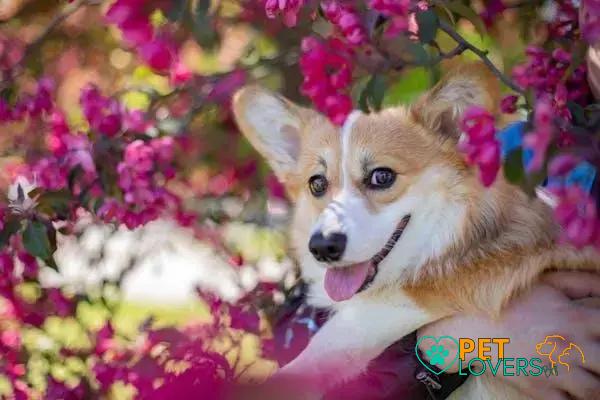Curiosities about the Welsh Corgi are plentiful and captivating. These small, charming dogs boast a rich history and unique characteristics. In this post, we will delve into fascinating facts about their origin, distinctive traits, and notable appearances in history, guaranteeing you learn something new about this beloved breed.
The Origin of Welsh Corgis
The Welsh Corgi, a breed beloved by many, has a rich and fascinating origin. Traced back to around the 10th century, these herding dogs originally hailed from Wales. There are two distinct types: the Cardigan Welsh Corgi and the Pembroke Welsh Corgi. Each type has its own unique lineage and characteristics.
The Cardigan Welsh Corgi is one of the oldest breeds in the British Isles, believed to be descended from dogs brought by the Celts as they migrated to Wales. On the other hand, the Pembroke Welsh Corgi is thought to have been introduced to Wales by Flemish weavers around the 12th century. Both breeds were used for herding cattle, thanks to their agility and intelligence.
Characteristics and Development
Both types of Corgis share some similarities but also have distinct traits. The Cardigan has a long, bushy tail and rounded ears, whereas the Pembroke is known for its short, docked tail and pointed ears. Historical records suggest that these dogs played a significant role in Welsh rural life, serving as dependable herders and loyal companions.
Despite their small size, Welsh Corgis are sturdy and hardworking. They were highly valued for their skill in driving cattle, nipping at the heels of the livestock to keep them moving. This practical work led to their popularity and eventual status as beloved pets, especially among British royalty.
Unique Traits of the Welsh Corgi
The Welsh Corgi stands out for its distinctive appearance and playful personality. One notable trait is their short, sturdy legs, which give them a charming, low-to-the-ground profile. Despite their short legs, Corgis are surprisingly agile and swift, often excelling in dog sports such as agility trials and herding competitions.
Another unique feature is their double coat. The outer coat is water-resistant, providing protection against the elements, while the dense undercoat keeps them warm. Their coats come in various colors and patterns, including red, sable, fawn, and black-and-tan, often with white markings.
Welsh Corgis are also known for their expressive faces and big ears. Their ears stand erect, which adds to their alert and attentive appearance. They have a joyful and spirited demeanor, making them excellent companions.
In terms of temperament, Corgis are both intelligent and eager to please. They are quick learners and thrive on mental stimulation. This makes them highly trainable, but they can also be a bit stubborn. Consistent training and positive reinforcement are key to managing their independent streak.
Lastly, their strong herding instincts are a defining trait. Historically bred for herding cattle and sheep, Corgis often display herding behavior, such as nipping at heels – a behavior that should be carefully managed in a family setting.
Famous Welsh Corgis in History
Welsh Corgis have made a significant mark on history, especially thanks to their royal connections. Queen Elizabeth II is perhaps the most well-known Corgi enthusiast. Over her reign, she has owned more than 30 Corgis. These royal pets have often been seen in photos and have even appeared in official portraits. Rufus, a Pembroke Welsh Corgi, was owned by acclaimed author Stephen King, and he dedicated one of his books to Rufus. Ein, a character from the anime Cowboy Bebop, is another famous Corgi who brought attention to the breed. The character was portrayed as a highly intelligent ‘data dog,’ showcasing the breed’s intelligence. Additionally, the Corgi named Socks served as a mascot for the Welsh Guards, a regiment of the British Army. These instances reflect the enduring popularity and charm of Welsh Corgis throughout history.

